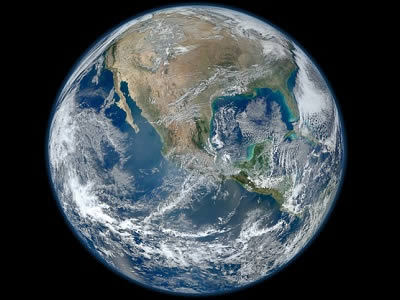This image is a montage of high resolutions photographs of the Earth taken in January 2012 by the Visible/Infrared Imager Radiometer Suite (VIIRS) instrument on the Suomi NPP satellite. The image shows many stunning details of
our home planet -
particularly at high resolution. The beauty of our planet is obvious from space - our blue
waters, our white
clouds, and the green from
life abundant at the surface.
Image courtesy of NASA
Earth's Global Climate
Earth's climate is determined by the amount of energy received from the Sun and the amount of energy held in the Earth system - in short, Earth's radiation budget.
The Sun emits a huge amount of energy, in the form of electromagnetic radiation. If we could capture all of that energy, we would have more than enough energy to fuel all our needs on this planet, by many time! Most of the Sun's energy flows out of the solar system into space. Only a small amount of this energy collides with planets, including Earth. This tiny amount of energy from the Sun that reaches Earth warms our planet, drives our weather, and supports life.
There are two main ways that the Sun's energy can vary at Earth - either by changes in the Earth's distance from the Sun or by changes in the amount of energy emitted from the Sun itself. The amount of greenhouse gases in the atmosphere is also a key factor in our climate.
Finally, the amount of energy reflected away from Earth is also very important to our climate. This is called the Earth's albedo. Surfaces that are shiny reflect light - like fresh snow or clouds - and reduce the amount of energy that gets into the Earth. Because warming leads to melting of ice and snow, a cycle develops leading to even more reduction in ice and snow... and more warming.
You might also be interested in:

The first time people got to see the whole Earth was in 1968 when astronauts took pictures of the Earth as they traveled to and from the Moon. In their photographs, the Earth looks like a small blue and
...more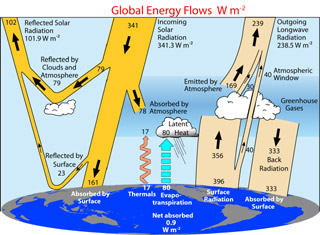
Light from the Sun shines on Earth. Some of that light reflects off clouds back into space. Some of the light makes it to the ground and warms our planet. The warm ground and oceans give off infrared (IR)
...more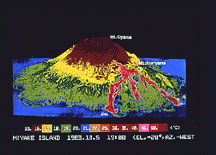
Text for this level has not been written yet. Please see the "Intermediate" text for this page if you want to learn about this topic. To get to the "Intermediate" text, click on the blue "Intermediate"
...more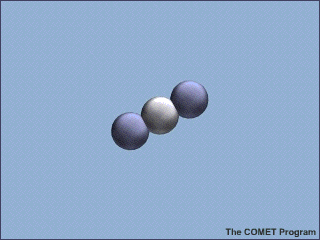
Only a tiny amount of the gases in Earth’s atmosphere are greenhouse gases. But they have a huge effect on climate. There are several different types of greenhouse gases, but they all have something in
...more
This picture was taken from high above our planet. Looking at the Earth from very far away like this we can see that some parts of our planet look light in color, and some parts look dark. The color of
...more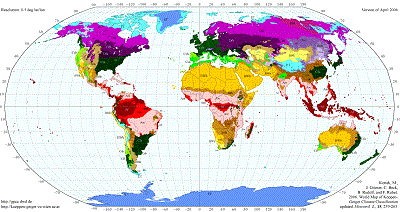
The average temperature, precipitation, and winds at a location determine its regional climate. These average weather conditions are determined by factors including the latitude and altitude of the region,
...more
When people talk about climate change, they mean changes in the average weather in a place or on the planet as a whole. When average temperature or precipitation in a place changes over a long term -
...more
